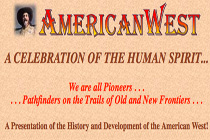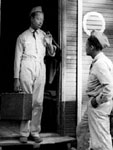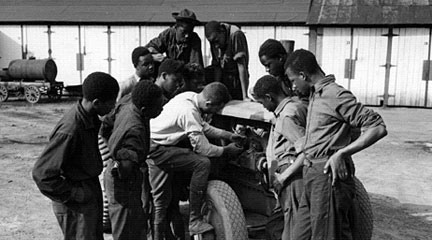Federal Trade Commission

The Federal Trade Commission serves a dual purpose. On one hand, it protects consumers from unethical business practices, while, on the other, it completes legal proceedings involving business mergers and other such competitive actions.
The Federal Trade Commission's offerings are decidedly not designed with K-12 education in mind. Most of the materials are fairly technical, and may require some background understanding of large-scale business. However, teachers who are willing to parse the materials may be able to use selections as the basis for in-classroom activities, particularly in a civics classroom and/or the higher grade levels.
Different sections will serve different interests. For example, if you're interested in the history of the FTC itself, the site includes eight oral history interviews with past commissioners. All are provided as transcribed text. If you are more interested in legal history, try the court case details for all cases between 1996 and the present. Other resources include commissioner speeches given between 1995 and the present and FTC annual reports from 1916 through 2008. The latter, while lengthy, could provide an excellent opportunity to compare government regulation of big business in different periods of 20th and 21st century history.








